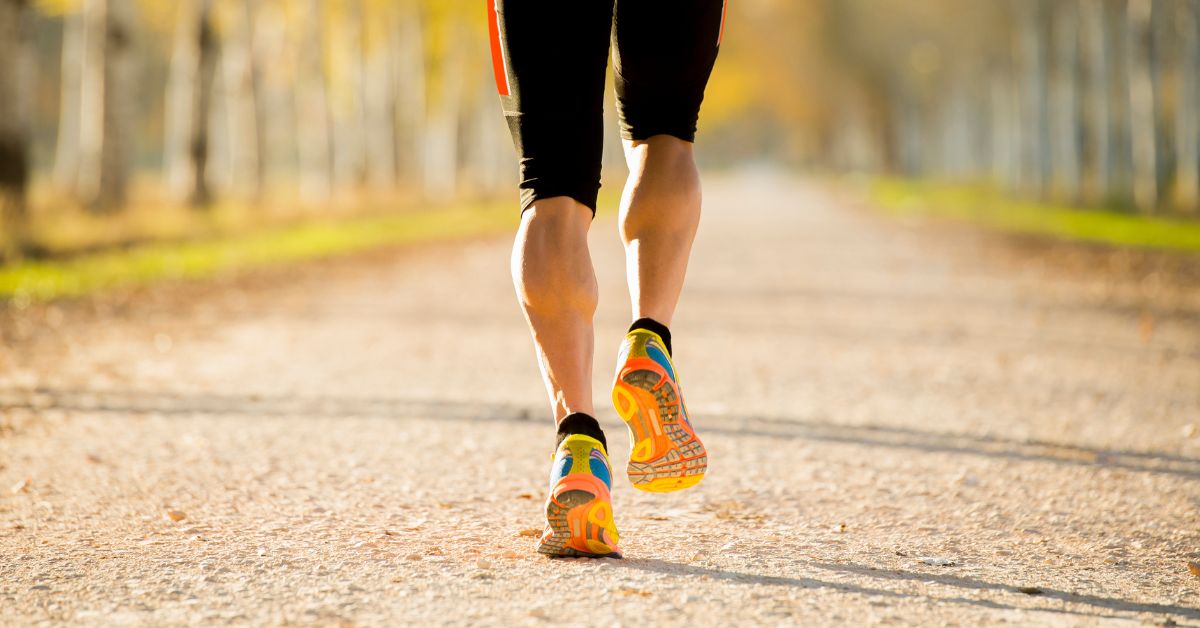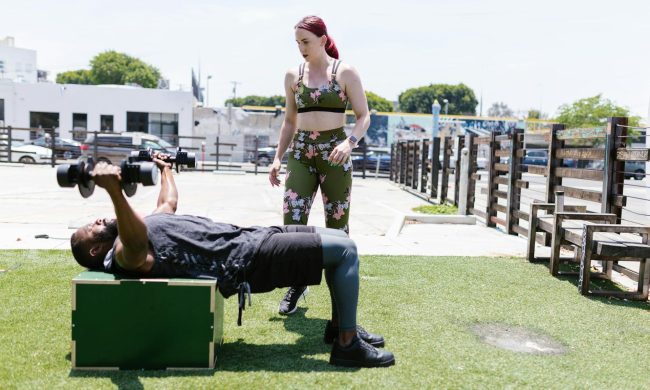
Having strong, athletic legs that’ll turn heads at the beach or on the field is a goal for many, but let’s face it, leg day isn’t always the most exciting part of a workout routine. The good news is that you don’t have to spend hours in the squat rack to build impressive calves. Calf raises are a simple, low-impact exercise that can sculpt your lower legs and boost your athletic performance.
As Nate Osborne, certified fitness expert and CEO of Greatisfit Global Fitness, puts it, “Calf raises are like the cherry on top of leg day. They give your calves that pop and help you strut with confidence.”
If you’re ready to level up your leg game and add this simple but effective exercise to your routine, keep reading. In this guide, we’ll break down everything you need to know about calf raises, from which muscles they target and the benefits they offer to how to perform them correctly with variations like standing, dumbbell, and seated calf raises. Your calves will thank you.
What is a calf raise?

Simply put, a calf raise involves lifting your heels off the ground and using the muscles on the back of your lower leg to push yourself upward. It might seem basic, but this movement effectively targets the muscles responsible for ankle stability and powerful movements like jumping and running.
There are three main ways to do calf raises:
- Standing Calf Raise: Stand up straight and lift your heels off the ground. This is the basic move and a great way to start.
- Dumbbell Calf Raise: Ready to up the ante? Grab some dumbbells and hold them while doing those raises. This makes it more challenging and gives your calves an even better workout.
- Seated Calf Raise: This one’s done sitting down with weights on your thighs. It hits a deeper muscle in your calf, so you’re working those legs from all angles.
What muscles do calf raises work?
“The gastrocnemius, the rounded muscle at the top of the calf, and the soleus, the long, flat muscle that runs down the lower leg beneath the gastrocnemius, are the muscles that are worked during calf raise exercises,” says Calum Fraser, a physiotherapist and the CEO of BodyTone Pilates Studio. “The majority of our lower body motions are powered by these muscles, including running, jumping, leaping, and bending our ankles.”
By prioritizing calf training, you’re not just building muscle; you’re investing in a stronger, healthier lower body.
Here’s how incorporating calf raises into your fitness routine can benefit you:
- Improved ankle stability: Calf raises target the muscles and tendons surrounding your ankle joint, reinforcing its stability and significantly reducing the risk of sprains and strains.
- Reduced risk of falling: Regularly working your calves improves balance and coordination, helping you maintain your footing on uneven terrain and reducing the risk of falls, especially as you age.
- Everyday movement made easier: You’ll notice a difference in everyday activities too. Whether you’re walking, climbing stairs, or simply standing for long periods, strong calves make these tasks feel effortless.
How to do calf raises

Here’s a step-by-step guide on how to do calf raises:
Standing calf raise
- Stand with your feet hip-width apart and toes facing forward. If needed, hold onto a wall or chair for balance.
- Lift your heels upwards, pushing through the balls of your feet. Squeeze your calf muscles at the top of the movement. “Make sure to exert a suitable degree of control and tension when performing this exercise,” says Fraser. “As you lift up to the highest position, make sure your calves are fully and gently engaged. After that, return your heel to the ground slowly.”
- Lower your heels in a controlled manner, feeling a stretch in your calves.
- Aim for 10-15 reps.
Dumbbell calf raise
- Stand holding a dumbbell in each hand, arms at your sides. Follow the same foot positioning as the standing calf raise.
- Raise your heels just as you would in the standing variation, using the added weight to increase resistance.
- Lower your heels with control, maintaining tension in your calves.
- Start with a weight you can comfortably lift for 10-12 reps.
Tip: If you don’t have dumbbells, you can use household items like water bottles or a backpack filled with books.
Seated calf raises
- Sit on a chair or bench with your feet flat on the floor, shoulder-width apart. Place a weight (dumbbell, barbell, or weight plate) across your thighs, just above your knees.
- Keeping your back straight, lift your heels off the floor, pressing the weight upwards. Squeeze your calves at the top. “It’s all about that extra squeeze at the top,” says Osborne. “That’s how you turn those baby calves into rock-solid pillars of strength.”
- Lower your heels back down, feeling a stretch in the lower part of your calves.
- Start with a manageable weight for 10-15 reps.



